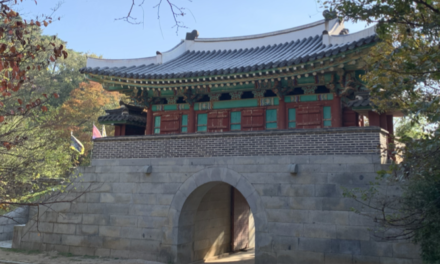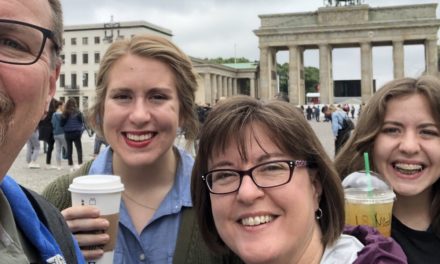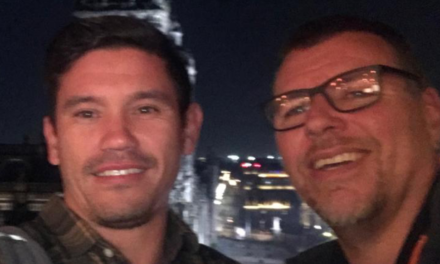My autocorrect doesn’t like my title. It is having a problem with the word “unsanitizing.” Apparently it doesn’t like it when I just make up words or adjust words to my needs. And so, regardless of whether or not it is in the dictionary, I now decree unsanitizing a word… but on with my point…
When I look back on my travel, I realize that I have spent a disproportionate amount of time in poverty-stricken communities. The nature of the work I have done working in non-profit has led me to see the world, especially in poverty stricken communities. To be honest, I think I prefer that this has been my story. To see beauty in some of the worst poverty has caused me to reevaluate what I do with what I have.
Travel has taught me that there are levels and layers to poverty. Poverty is a word that we use and assume what it means. I can be similar to a word like “love” which is one simple word that can actually have a lot of different meanings. In the United States, the poverty level for a family of four is $25,750 annually. Globally, the poverty level is estimated to be $1.90 a day, or $694 annually. By this simple comparison, we need to acknowledge that there are levels of poverty because there is a significant gap between $694 and $25,750 annually.
It is the layers of poverty that I really want to focus on in this post. I am not writing this post to create any sense of guilt or shame. On the contrary, I want every person that reads this post to have a simple conversation with themselves about poverty before they travel in order to more effectively respond to the poverty that you will most definitely see when you travel.
Take a moment and visit the Global Rich List website. This website will allow you to enter the amount you make annually and then see where you stack up in your wealth globally. If you make more than $13,750 annually, you are in the top 10% of wealth globally. This may seem crazy, but it also reveals the fact that we have no comprehension of the layers of poverty. There is probably no one loving in the United States making $13,750 annually that is waking up excited by the fact that they are in the top 10% of global wealth.
So here is my point: When you travel, you will see poverty. And where you travel will introduce you to levels and layers of poverty that you may not have ever seen before and may feel extremely uncomfortable with. It is ok to feel uncomfortable. It is not ok to let your feelings of being uncomfortable drive your decisions about how you respond to the poverty you are uncomfortable with seeing.
If my point is that you will see poverty, my challenge is that you make a plan ahead of time about how you would like to respond to the poverty you will see. Here are two simple pieces of advice that can make a tremendous difference in the lives of those you see in poverty:
1) Respond to specific needs. Our general approach in the developed world is to throw money at needs. It is our belief that money is the solution. In developing parts of the world, thinking money is the solution is like saying that all a horrible singer needs is a different microphone in order to have their voice sound better. It doesn’t address the underlying issues of poverty. What we are unable to see is the systems and structures at play beneath the surface wherever we are visiting. If someone says they are hungry, I give them food. I also know that in meeting a specific need in a poverty stricken area can create a mob scene, so I want to encourage you to the second simple piece of advice…
2) See who may be doing good work with poverty in the area you’re traveling to. The beauty of the inter-webs is that we can do a simple google search and get access to a wealth of information. Discovering an organization that is working where you may be visiting is simple. Then, take a meander to Charity Navigator and see if the organization has a rating that will tell you if they are worth your support. A little research can help you feel confident that you are supporting something that is making a real difference and not just reacting to a need you see.
If I could throw out a third piece of advice, it would be to invite you to actually take some time while you travel to personally engage with the poor through some manner of service project. Here is what I know from leading teams all over the world: Service isn’t only about helping the poor, it’s also about investing in my worldview about the poor. We all have some idea in our minds about how the poor live that are not accurate and lead us to only pity the poor. In some way the poor are richer than most of us are in ways that matter most. It is through spending time together in neighborhoods that are resource poor that I hear some of the heartiest laughter or most vibrant music.
Stepping into proximity of poverty can help us see the world as it actually is, and not just the sanitized view of the tourist areas. It offers us an opportunity to move out of our comfort zone and into seeing places we visit through the eyes of the locals and not just the tourist boards.
One final thought for this weeks installment…
If you ever want to go on a 10 day service trip, I’d love to introduce you to an entirely different side of travel. I can promise you two things. First, you will be uncomfortable, and that’s a good thing! It’s ok to place yourself in an environment where you are stretched while you are trying to help people.
Second, you won’t look at the world the same ever again. Taking time to go serve the poor helps show where we suffer from different strains of poverty in our wealthy lives at home. It’s amazing how much I learn about joy in poverty-stricken communities.
Interested? Let me know in the comments section below!






Recent Comments